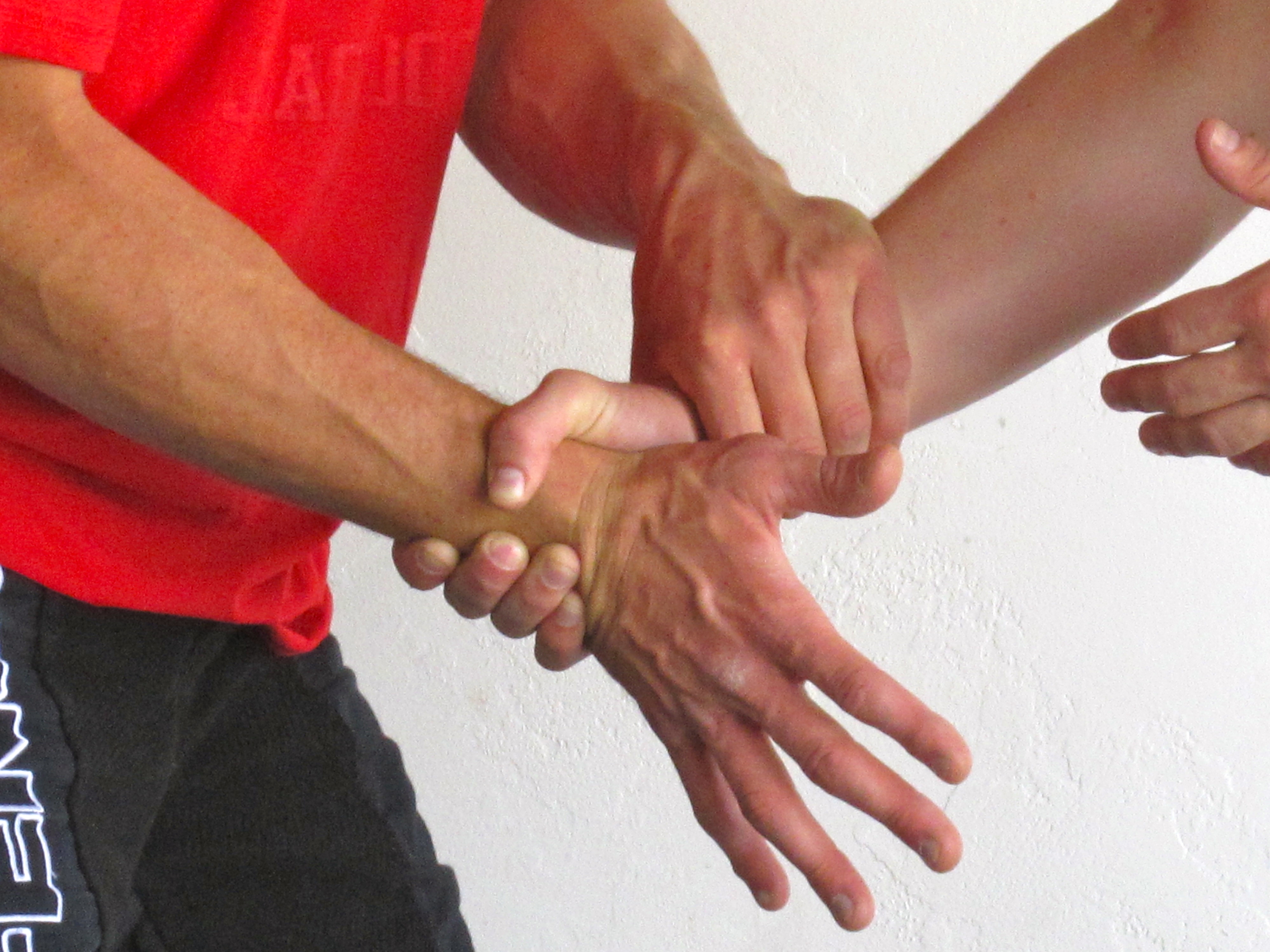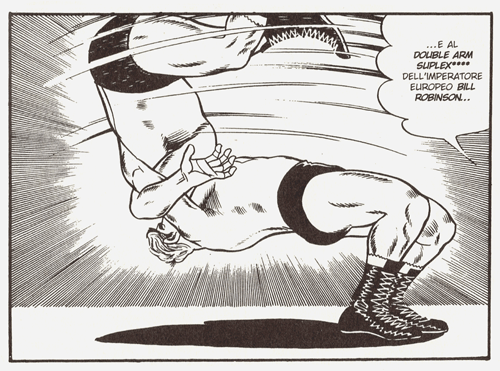1. Grab with your thumb.
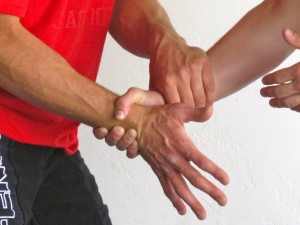 In Catch Wrestling we always grab with the thumb and the reason is simple: you will have a better grip! The fully opposable human thumb allows for greater grip, precision and power, and is considered by scientific research to be an evolutionary advantage.[1] Whether you are hand fighting for wrist control, securing a double wrist lock, a straight arm bar, or any other fundamental grappling technique you will always have a better grip grabbing with the thumb.
In Catch Wrestling we always grab with the thumb and the reason is simple: you will have a better grip! The fully opposable human thumb allows for greater grip, precision and power, and is considered by scientific research to be an evolutionary advantage.[1] Whether you are hand fighting for wrist control, securing a double wrist lock, a straight arm bar, or any other fundamental grappling technique you will always have a better grip grabbing with the thumb.
The fear of grabbing with the thumb stems primarily from Kimono / gi based martial arts. In these martial arts, using the thumb, a more secure grip, may prove hazardous as the hands or fingers could catch in the cloth of the Kimono / gi causing injury. Learning how to place grips on a Kimono is another art that can be studied and learned in and of itself. As far as grappling is concerned, Catch Wrestling is a martial art that does NOT employ the use of a gi, making it perfectly safe and advantageous to grab with the thumb.
2. Stay off your knees and elbows.
A. Stay off your knees.
In Catch Wrestling the principal is simple: make your opponent carry your weight at all times. Holding downing or riding an opponent with your knees on the mat takes weight off your opponent and places it on the mat.
The knees are often put on the mat to prevent a guard repost. Doing this sacrifices your mobility and pressure of weight. If you challenge yourself to start training with your toes on the mat and your knees off the ground, I promise you will soon discover many ways to prevent a guard repost without taking weight off your opponent. You will wear your opponents down more quickly and also have better mobility.

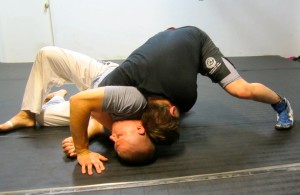
B. Stay off your elbows.
The turtle position (with the head tucked and elbows on the mat) has become a popular defensive option: it keeps the neck protected from chokes and prevents a guard pass. The problem is: it limits your maneuverability and prevents you from being offensive, especially when you should actively escape from the bottom position.
Believe it or not, it is possible to protect your head and neck while staying off your elbows. Especially if you:
- Actively try to escape and attack your opponent.
- Force your opponent to have to counter and defend your actions and movements, slowing down their ability to attack you.
- Maintain wrist control.
- Learn how to read your opponent’s weight and position your own hips in such a way that they cannot stay in balance.
3. Learn how to Stand-up.
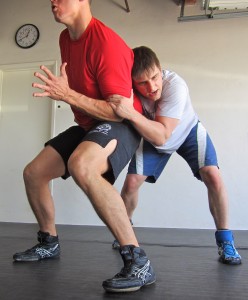 Staying off your elbows brings us to the next principal: learn how to stand-up! This has become one of the most undertrained yet important escapes you could ever learn. There is a correct way to get back to a standing position. You will need to know how to position yourself structurally so that you can get back up to your feet with ease, even if you have to carry your opponent’s weight. Make a detailed study of how to get back to your feet from nearly every position on the ground and your ability to escape will increase exponentially.
Staying off your elbows brings us to the next principal: learn how to stand-up! This has become one of the most undertrained yet important escapes you could ever learn. There is a correct way to get back to a standing position. You will need to know how to position yourself structurally so that you can get back up to your feet with ease, even if you have to carry your opponent’s weight. Make a detailed study of how to get back to your feet from nearly every position on the ground and your ability to escape will increase exponentially.
4. Cross Face.
Wherever the head goes the body follows! If you can constantly control the direction the head is facing at all times, you will in effect control where your opponent can and cannot move to. There are many different types and ways to cross face. You can control an opponent’s head using your, wrist (commonly referred to as the cutting bone), forearm, elbow, knees and even your hips to keep your opponents head looking to one direction only. Although ramming your forearm across an opponent’s face is not a bad starting point, there is more to the cross face. If you make a comprehensive study and learn the details of this technique, I promise it will improve your entire game.
5. Expand your knowledge of control positions.
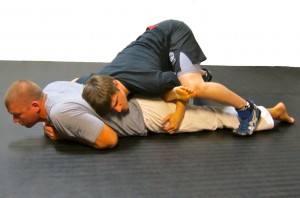 In today’s conventional submission grappling, Side Control, Mount, Knee on Belly and Back Control (with two hooks in) are commonly taught as the gold standard for controlling an opponent and moving to a submission. In most submission wrestling tournaments, these are often the only control positions awarded points. While learning the Side Control, Mount, Knee on Belly and Back Control (with two hooks in) is a good starting point, there, in fact, exists many additional control positions equal in importance and superiority.
In today’s conventional submission grappling, Side Control, Mount, Knee on Belly and Back Control (with two hooks in) are commonly taught as the gold standard for controlling an opponent and moving to a submission. In most submission wrestling tournaments, these are often the only control positions awarded points. While learning the Side Control, Mount, Knee on Belly and Back Control (with two hooks in) is a good starting point, there, in fact, exists many additional control positions equal in importance and superiority.
Here’s a brief list of several additional control positions often not awarded points in grappling tournaments but in every way as valuable as the “conventional” positions. Front Head Lock, Rear Side Ride, Saddle Ride, Crab Ride, Cradle, Reverse Mount, Ball and Chain Ride, Head and Arm Hold are just a few of many additional control position from which one can easily transition to a submission or pin. If you learn these and other additional control positions I can promise it will add depth to your grappling game and afford you new options and opportunities.
Can you think of some additional Catch Wrestling Principles you’ve learned that have helped out your grappling game? Leave them in the comments I’d love to hear from you.
![]()
References
[1] Young, Richard . Evolution of the human hand: the role of throwing and clubbing. J Anat. 2003 January; 202(1): 165–174.
P.S. The King of Catch Wrestling Tournament is this Weekend and needs competitors! This a rare opportunity to compete in the first Catch Wrestling Rules only tournament on the west coast since 1997 you can register here;

